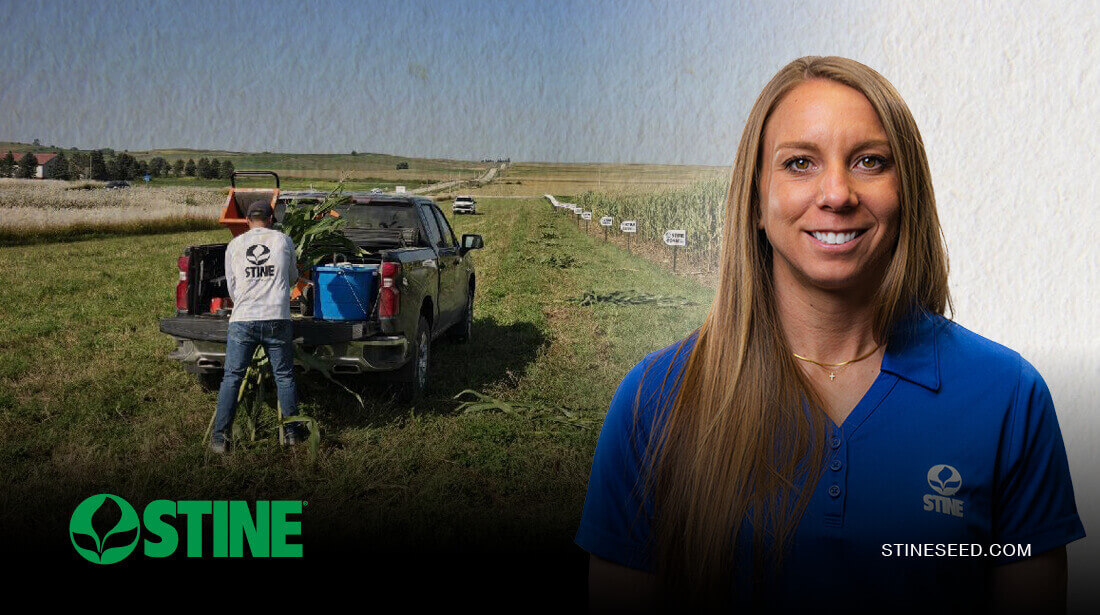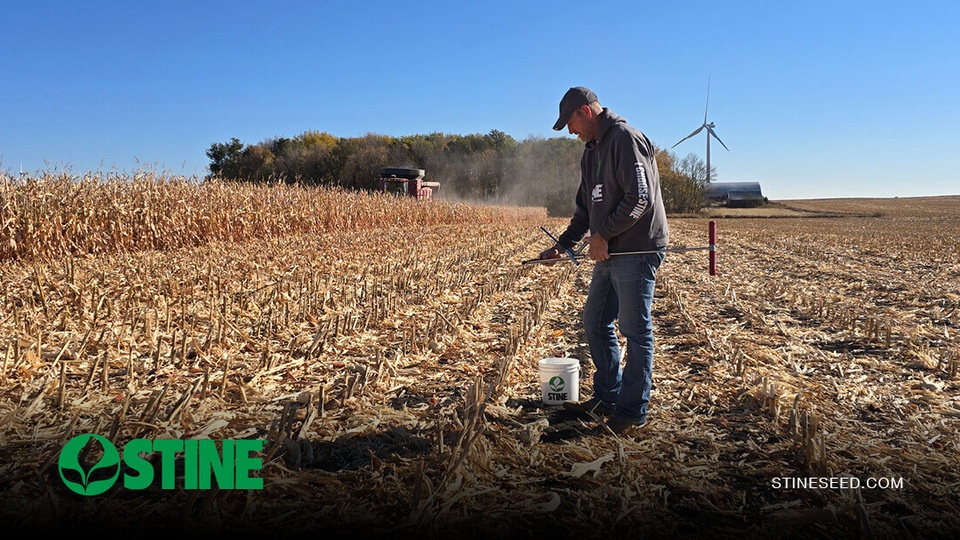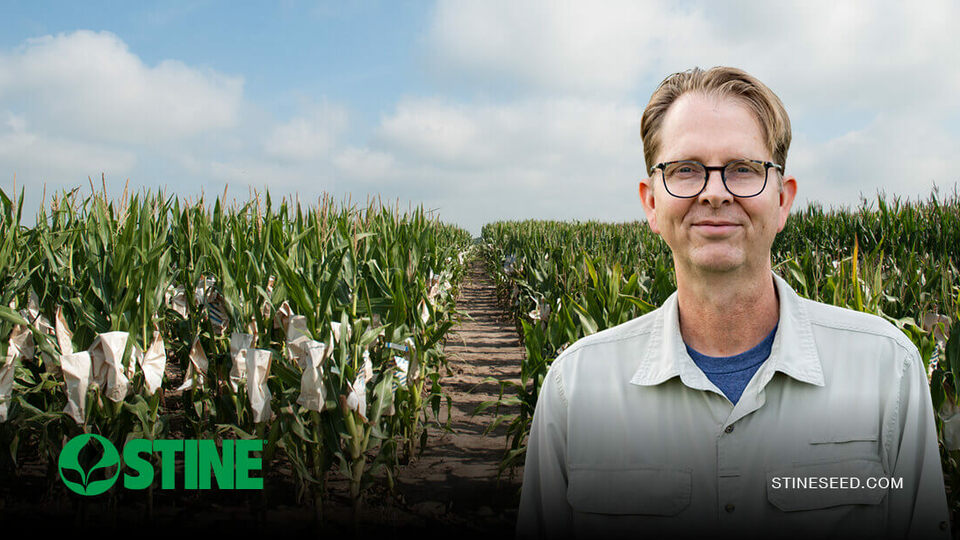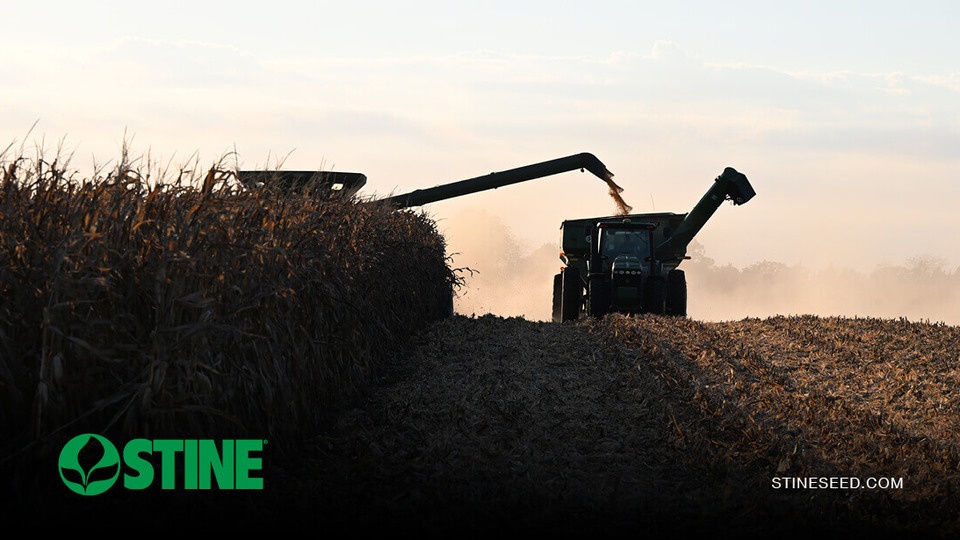At Stine® Seed Company, research doesn’t stop in the lab. Our Product Development Plot (PDP) program brings research to the real world, putting products to the test in diverse environments so we can deliver practical, in-season agronomic insights and more confident decisions for growers. In the latest episode of the “Stine Seedcast,” Stine Technical Agronomist Kayla Noble shares how PDP trials help uncover what performs where and why.

“We know which products have strong yield potential because our elite trials help us identify that,” Noble says. “But once we know what product can perform, the next question is: Where will it perform best? That’s where PDP plots make the difference. They allow us to study products across different soils, regions and management styles so we can confidently place them in the right environments.”
The information gathered in these plots is shared throughout the season to support Stine’s sales team and help growers make data-driven decisions in their fields.
Stine’s agronomy team returns to each plot every two weeks to track key performance indicators, including:
- Seed quality and emergence
- General plant observations
- Disease susceptibility ratings
- Plant, ear and tassel heights
- Silking and pollination dates
- Root and stalk integrity
- Grain quality and test weight
“One of the biggest improvements we’ve made is how fast we can share this information. Our team enters observations straight from the field, and that data is immediately visible to our sales reps and agronomists. We’re not waiting until harvest to see how things performed; we’re sharing those observations all season long.”
Kayla Noble, Stine Technical Agronomist
In addition to product evaluations, this year’s PDP plots include:
- Planter stands trials. Most hybrids show singulation rates above 95%, with many hitting 99%.
- Soybean seed treatment trials. Stine agronomists look at products like Saltro® and a new biological from UPL.
- Single-row disease studies. The goal is to validate tolerance to white mold and iron deficiency chlorosis (IDC).
With roughly 140 PDP plots spread across Stine’s territory, this program delivers real-time findings that help fine-tune product placement and drive smarter decisions in the field — for both our sales team and our growers.
Subscribe to the “Stine Seedcast” for even more insights from the field, and connect with your local Stine representative to learn more about PDP plots in your area. Visit StineSeed.com.
Related Articles
-

Soil sampling sets the stage for spring
November 2025 in Agronomy
-

Corn production growth paves way for more high-performing Stine® hybrids
November 2025 in Agronomy
-

Stine harvest roundup: Part 2
October 2025 in Agronomy
-

Stine harvest roundup: Part 1
October 2025 in Agronomy



